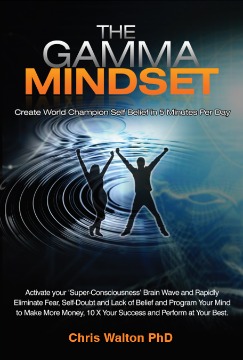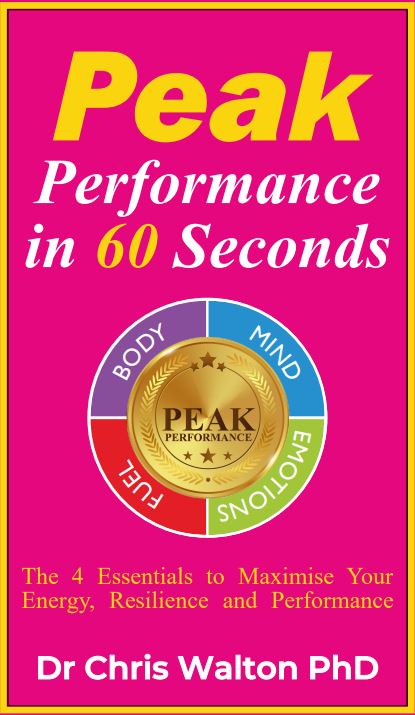They can determine your failure or success, influence how you create and maximise opportunities and determine how you overcome challenges.
They can even foster what seem to be miracles. . . .
Every year, Australia hosts a 543.7-mile (875-kilometer) endurance race that winds from Sydney to Melbourne. Experts consider it to be among the world’s most gruelling ultra-marathons.
The race takes on average a week to complete and is attempted only by world-class athletes.
The majority of these athletes are thirty years old or younger, and they are supported by a full medical crew of doctors, massage therapists and nutritional experts.
The race receives so much attention and is so serious a sporting challenge that runners are funded in their training by the big sports companies.
In 1983, a sixty-one-year-old potato farmer named Cliff Young showed up, dressed in overalls and wearing work boots, and signed up—and received—a runner’s number.
To everyone’s amazement, especially the athletes’, he took his place at the start line.
The press and athletes were beyond curious about whether Cliff was truly going to attempt to run the marathon.
When Cliff assured them he was serious, many of the runners tried to dissuade him, telling him he was crazy and could never finish the race.
Cliff is reported to have to replied;
“Oh, yes I can. You see, I grew up on a farm where we couldn’t afford horses or tractors, and the whole time I was growing up, whenever the storms would roll in, I’d have to go out and round up the sheep. We had two thousand sheep on two thousand acres. Sometimes I would have to run those sheep for two or three days. It took a long time, but I’d always catch them. I believe i can run this race.”
When they learned he was serious about running, the medical doctors stepped in to try to talk some sense into Cliff, concerned as they were that he would seriously injure himself or have a heart attack.
They reminded him how exceptionally challenging this race was, not just physically but also mentally and emotionally.
Cliff did not listen. And so the race began.
It became apparent immediately upon the start that Cliff had an odd style of running—more of a shuffle than a run. The other runners almost immediately left him behind.
Long ago the experts had worked out that the best way to run an ultra-long-distance race. The received wisdom was to run for 18 hours and then sleep or rest for 6 hours, alternating running and sleeping periods on the same schedule throughout the race.
Cliff was not aware of this race strategy. He did not rest or sleep. He simply shuffled along, at his strangely slow pace, all day and night, and on into the second day.
Members of the press ran up to him to interview him, asking him about his tactic for the race, astonished as they were at his style and that he was not taking rest or sleep breaks.
Cliff assured them he intended to continue to the end of the race with no such breaks.
And he did…
And each day he got closer to the lead pack of racers—which included some of the world’s top long-distance runners.
On the fifth night, Cliff crossed the finish line — 1st ! He had run the race, and won it in record time—five days, fifteen hours and a couple of minutes—beating the course record by two days!
It was an amazing story: a sixty-one-year-old potato farmer in boots and overalls shuffled his way to a record in one of the world’s most gruelling races.
How had he done it? Without a doubt, one reason for his success was his invincible belief that he could do it.
But there was also science behind his win…
After studying Cliff Young’s unusual running style, sports experts were forced to change their beliefs about the best strategy to run ultra-long-distance races.
The preferred method became the “Young Shuffle,” for the sports physiologists discovered that the shuffling style Cliff used expended less energy that the traditional running style.
This technique has been adopted by many ultra-marathon runners since, and at least three of the subsequent winners of the Sydney to Melbourne race have used the Young Shuffle to win.
Cliff’s story is one about self-confidence, about his unshakable belief in himself and his abilities.
By all accounts—especially in the opinion of the sports and medical experts—Cliff should have failed, and failed miserably.
But he defied all the odds.
This is the power of belief in action.
If you are interested in developing rock solid self belief and confidence then it starts here;
https://www.gammamindset.com/unleash-the-power-of-your-mind/




